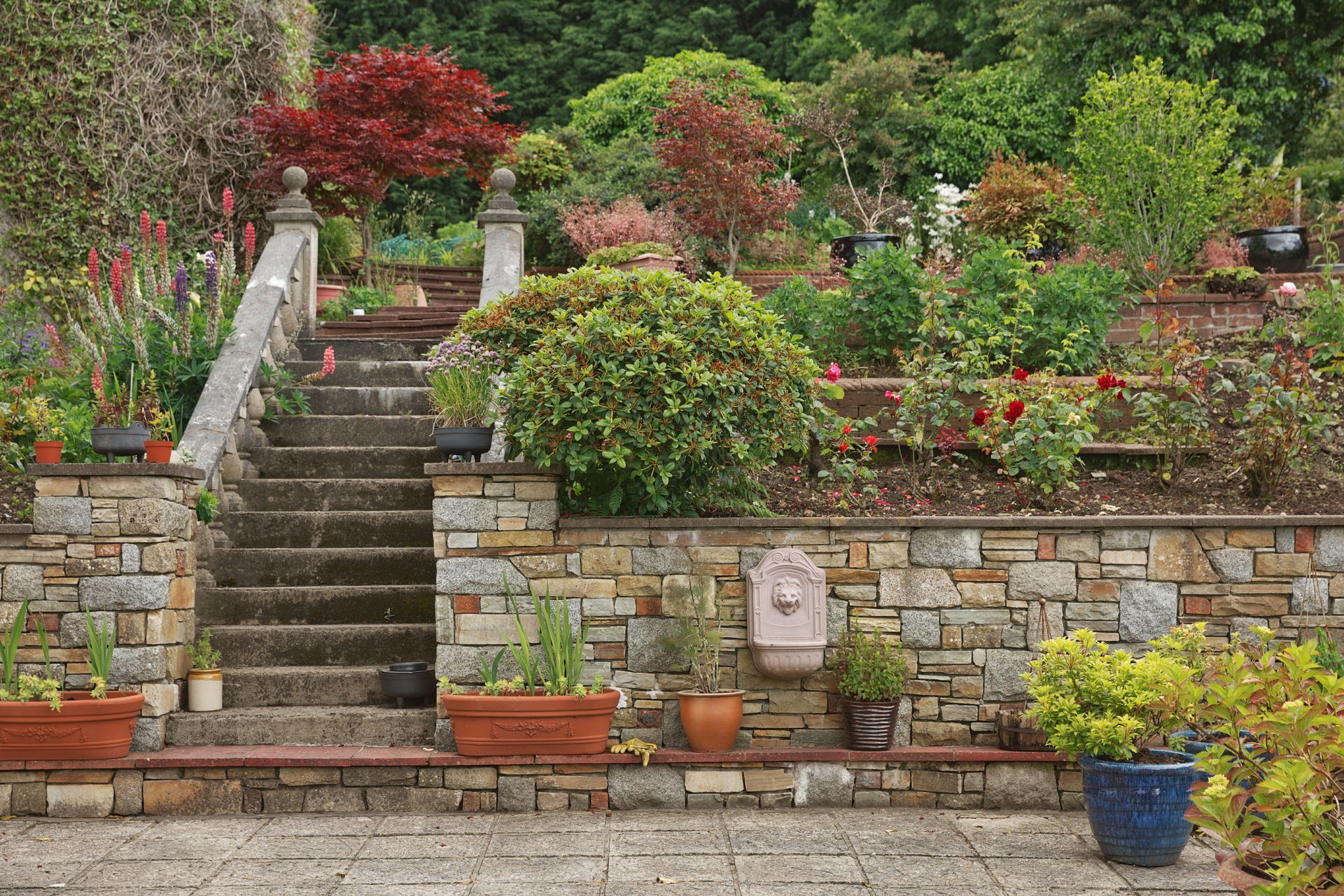Stone Retaining Wall Construction
Benefits of Stone Retaining Walls
Benefits of Stone Retaining Walls
Stone retaining walls offer a myriad of benefits that make them a popular choice in landscaping. One of the primary advantages is their exceptional durability. Constructed with sturdy and long-lasting materials, such as natural stone or concrete blocks, these walls can withstand the test of time and weather conditions. This durability ensures that the retaining walls maintain their structural integrity, providing reliable support to prevent soil erosion and land movement.
Beyond their resilience, stone retaining walls contribute significantly to the aesthetics of a landscape. The use of natural stone adds a timeless and sophisticated charm to outdoor spaces, enhancing the overall visual appeal of gardens, terraces, or any other landscaped area. The variety of available stone types, like sandstone, allows for customisation to match the existing architecture or complement the surrounding environment, creating a harmonious and cohesive design.
Functionality is another key benefit of stone retaining walls. These structures are effective in managing elevation changes, preventing soil erosion, and creating level platforms on sloped terrain. By stabilising the soil, they enable the creation of functional spaces for gardens, patios, or seating areas. Stone retaining walls also serve practical purposes in preventing water runoff and directing drainage, thus safeguarding the integrity of the landscape.
The benefits of stone retaining walls encompass durability, aesthetic enhancement, and functional versatility. Whether employed for structural support or as a design element, these walls stand as a testament to the seamless integration of form and function in landscaping.
Design Trends in Stone Retaining Walls
Design Trends in Stone Retaining Walls
Stone retaining walls not only serve a functional purpose in preventing soil erosion but also contribute significantly to the aesthetic appeal of outdoor spaces. In recent years, several popular and innovative design trends have emerged, transforming traditional stone retaining walls into captivating focal points.
One notable trend involves the use of diverse types of stones to create visually dynamic walls. Incorporating a mix of materials, such as limestone, granite, and slate, adds depth and character to the structure. This approach allows designers to play with colour variations, creating a natural yet eye-catching mosaic that seamlessly integrates with the surrounding landscape.
Patterns have become another key element in modern stone retaining wall design. From classic herringbone to contemporary geometric arrangements, patterns add a touch of sophistication and style. The interplay of light and shadow on textured surfaces further enhances the visual interest of the walls, creating a dynamic and ever-changing outdoor environment.
Texture variation is a trend that brings a tactile dimension to stone retaining walls. Rough-hewn stones juxtaposed with smoother surfaces create a pleasing contrast, inviting touch and engagement with the structure. Incorporating tactile elements not only appeals to the senses but also adds a sense of authenticity and timelessness to the design.
Innovative use of lighting is also gaining traction in stone retaining wall design. Integrated LED lights or strategically placed uplighting can highlight the texture and contours of the stones, transforming the walls into dramatic features during the evening hours.
The evolution of stone retaining wall design is marked by a fusion of functionality and aesthetics. By embracing diverse stones, patterns, textures, and lighting, designers are creating outdoor spaces that are not only structurally sound but also visually striking and immersive.
Environmental Impact of Stone Retaining Walls
Stone retaining walls, while adding a timeless aesthetic to landscapes, bear a significant environmental footprint with implications spanning sustainability, sourcing practices, and ecological balance. The choice of stone in landscaping carries implications that echo through the environmental spectrum.
Sustainability lies at the heart of the matter. Stone, often extracted from quarries, poses a challenge in terms of depletion of natural resources. Sustainable quarrying practices are crucial to mitigate the environmental impact. Responsible sourcing ensures that the stone is procured ethically, minimising the harm to ecosystems and local communities. Opting for reclaimed or recycled stone further aligns with sustainability goals, reducing the demand for new extraction.
The environmental footprint of stone retaining walls extends beyond the quarry. Transportation of these massive stones to construction sites contributes to carbon emissions and air pollution. Local sourcing minimises these impacts, as shorter transportation distances reduce the overall environmental cost.
Ecological balance must be considered as well. Quarrying activities can disrupt local ecosystems, affecting biodiversity and soil stability. The excavation process may lead to habitat destruction and soil erosion. Implementing proper land restoration practices post-extraction becomes imperative to mitigate these ecological disruptions.
While stone retaining walls contribute to the visual charm of landscapes, their environmental impact necessitates a thoughtful approach. Sustainable sourcing, responsible extraction practices, and mindful construction methods can help mitigate the ecological consequences, ensuring that the beauty they bring to landscapes is not at the expense of the environment.
All Rights Reserved | Canberra Retaining Wall Pros | Terms of Service | Privacy Policy




